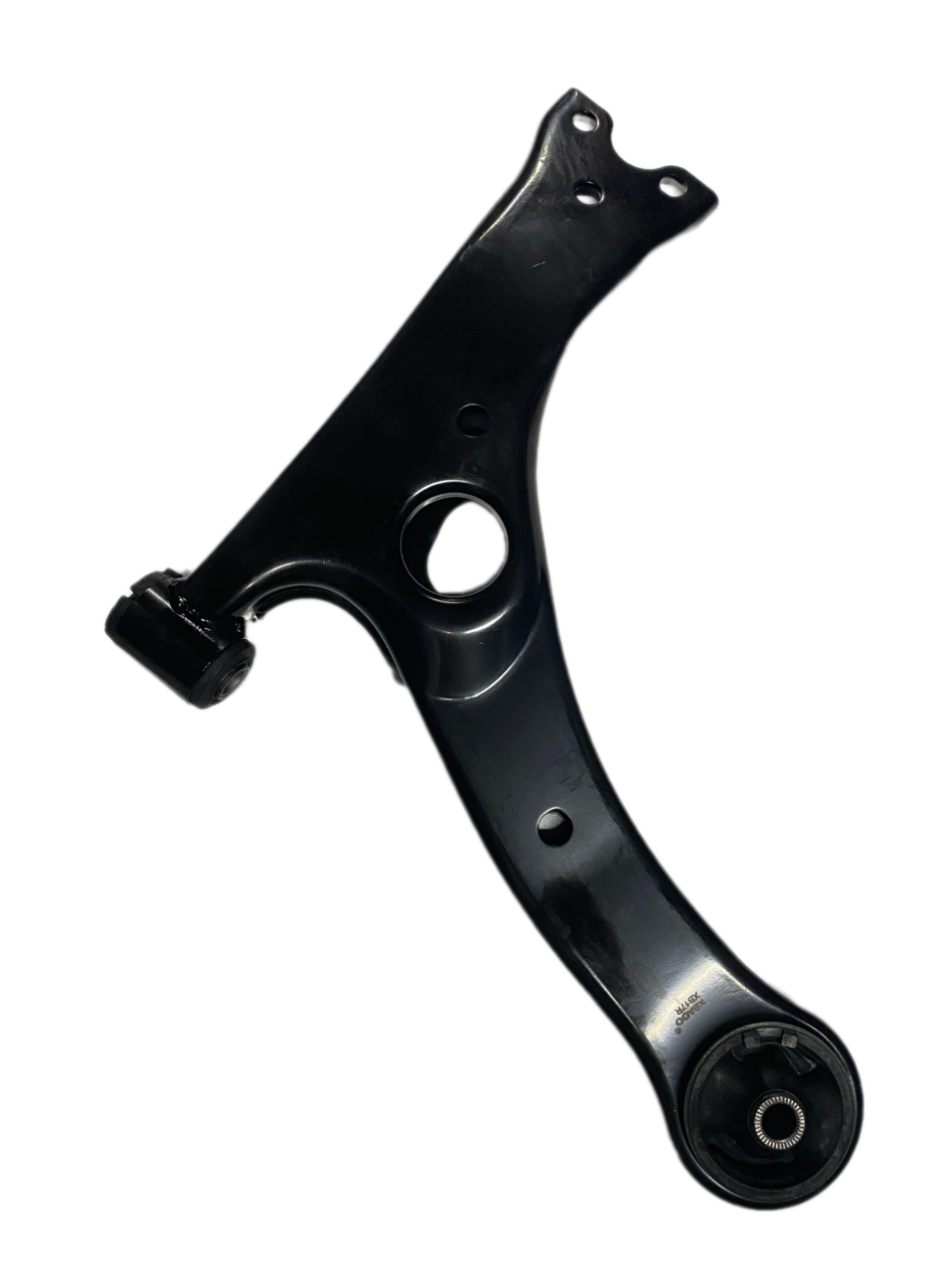The Critical Role of Suspension Geometry in Vehicle Performance
When it comes to automotive engineering, few components play as vital a role in vehicle handling and stability as the rear toe arm. This crucial suspension element helps maintain proper wheel alignment and contributes significantly to how a vehicle behaves during various driving conditions. Understanding its impact can make the difference between a car that handles predictably and one that feels unstable or unpredictable.
The rear toe arm serves as a fundamental link in the vehicle's suspension system, controlling the toe angle of the rear wheels. This angle determines whether the wheels point slightly inward or outward when viewed from above, directly affecting the car's straight-line stability and cornering characteristics. Modern vehicles rely heavily on precise toe settings to deliver the optimal balance between handling performance and tire wear.
Engineering Principles Behind Rear Suspension Design
Geometric Considerations and Alignment Factors
The design of a rear toe arm system involves complex geometric calculations that account for suspension travel, load transfer, and chassis flexibility. Engineers must carefully consider the mounting points and arm length to achieve the desired toe curve throughout the suspension's range of motion. The relationship between the rear toe arm and other suspension components creates a sophisticated system that maintains wheel alignment under various driving conditions.
Modern suspension designs often incorporate adjustable rear toe arms, allowing fine-tuning of alignment settings to optimize vehicle performance. This adjustability becomes particularly important in performance applications where precise handling characteristics are crucial. The ability to modify toe settings can help compensate for different driving styles, track conditions, or specific handling requirements.
Load Management and Dynamic Response
The rear toe arm plays a crucial role in managing dynamic loads during acceleration, braking, and cornering. As weight transfers between the front and rear of the vehicle, the rear toe arm helps maintain proper wheel alignment, ensuring predictable handling characteristics. This becomes especially important during high-speed maneuvers where stability is paramount.
Engineers must carefully balance the stiffness and compliance of the rear toe arm assembly. Too rigid a system can transmit excessive road noise and harshness to the chassis, while too much compliance can lead to unstable handling characteristics. Finding the optimal balance requires extensive testing and validation under various driving conditions.
Performance Impact on Vehicle Dynamics
Straight-Line Stability Enhancement
A properly designed rear toe arm system significantly contributes to straight-line stability, particularly at higher speeds. The toe settings influenced by these components help prevent unwanted vehicle wandering and provide a confident feeling to the driver. This stability becomes particularly noticeable during highway driving or when encountering crosswinds.
The rear toe arm's influence on stability extends to braking performance as well. During heavy braking, the suspension geometry helps maintain proper wheel alignment, contributing to shorter stopping distances and more predictable behavior. This characteristic is especially valuable in emergency maneuvers where vehicle control is critical.
Cornering Behavior and Handling Response
During cornering maneuvers, the rear toe arm's design significantly influences how the vehicle responds to steering inputs. A well-engineered system helps maintain proper wheel alignment throughout the corner, contributing to consistent and predictable handling characteristics. This becomes particularly important in high-performance driving scenarios where precise control is essential.
The interaction between the rear toe arm and other suspension components creates a complex dynamic system that affects overall vehicle balance. Through careful design and tuning, engineers can achieve the desired handling characteristics, whether prioritizing stability for luxury vehicles or agility for sports cars.
Maintenance and Optimization Strategies
Regular Inspection and Component Care
Maintaining the rear toe arm system requires regular inspection of bushings, joints, and mounting points. Wear in these areas can lead to alignment changes that affect handling stability and tire wear. Professional technicians should check these components during routine maintenance to ensure optimal performance.
When replacing rear toe arm components, it's crucial to use high-quality parts that meet or exceed original equipment specifications. The precision of these components directly affects vehicle handling and safety. Installing adjustable rear toe arms can provide additional tuning capability for specialized applications.
Performance Upgrades and Modifications
For enthusiasts seeking to improve vehicle handling, aftermarket rear toe arms often offer enhanced adjustability and durability compared to stock components. These upgrades can provide more precise alignment control and potentially better handling characteristics. However, any modifications should be carefully considered and professionally installed to maintain safety and reliability.
When upgrading rear toe arms, it's essential to consider the entire suspension system as a whole. Changes to one component can affect others, potentially requiring additional modifications to achieve the desired handling characteristics. Professional alignment services are crucial after any suspension modifications to ensure proper setup.
Frequently Asked Questions
How does rear toe arm adjustment affect tire wear?
Rear toe arm adjustment directly influences tire wear patterns by controlling the angle at which the tires contact the road surface. Proper alignment helps ensure even tire wear and extended tire life, while misalignment can lead to premature wear and reduced performance.
When should rear toe arms be replaced?
Rear toe arms should be replaced when showing signs of wear, damage, or if alignment cannot be properly maintained. Common indicators include unusual tire wear patterns, vehicle pulling to one side, or visible damage to the components during inspection.
Can aftermarket rear toe arms improve handling?
Quality aftermarket rear toe arms can improve handling by providing greater adjustability and potentially more precise alignment control. However, the benefits depend on proper selection, installation, and alignment by qualified professionals who understand vehicle dynamics.

